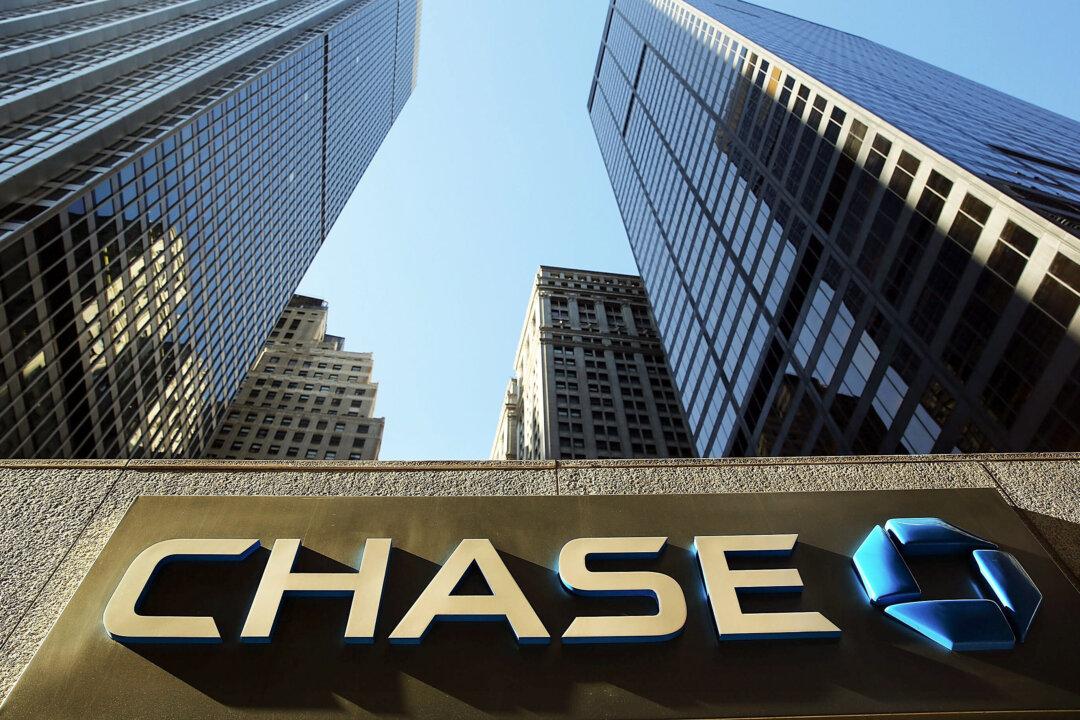Third-quarter bank earnings will be on Wall Street’s radar over the next two weeks.
JPMorgan Chase & Co., Wells Fargo & Co., and Bank of New York Mellon report on Friday, and Citigroup reports early next week.

Third-quarter bank earnings will be on Wall Street’s radar over the next two weeks.
JPMorgan Chase & Co., Wells Fargo & Co., and Bank of New York Mellon report on Friday, and Citigroup reports early next week.